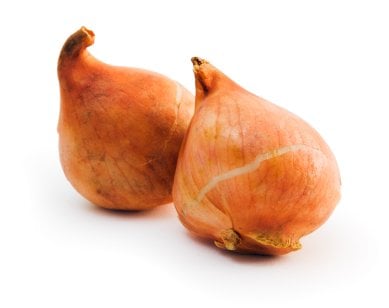- picturebook
- 40 pages
- Written and Illustrated by Lois Ehlert
"Every year Mom and I plant a rainbow"
- Planting a Rainbow, page 1
Note that the colors used in the text for "rainbow" are the colors of the rainbow, in backwards order than children will later learn them in school (ROY G BIV, anyone?) This simple and yet careful attention to detail is characteristic of the book as a whole.
Both the language and illustrations Ehlert uses are developmentally appropriate for beginning readers and young children (not always the same thing!) Though she uses vocabulary specific to her topic of gardening (e.g. bulb, seedlings, sprout, soil), her sentence structure remains very basic:
"In the fall we buy some bulbs and plant them in the ground."
- Planting a Rainbow, page 2-3
You'll notice that in both quotes I've used, I've made the text larger. This is to reflect Ehlert's use of large, easy-to-read font, which not only lends itself to the aesthetic of the book, but makes it easier for little hands to point as they read.
Her accompanying illustrations reflect the accurate and yet easy-to-read nature of her prose. Rather than including incredibly detailed pictures of the plants she describes, Ehlert elects to show instead the general impression the flower (or bulb) makes, focusing on shape and color as her means of communicating this. For example, observe the five different bulbs and flowers shown in the illustration below:
Each bulb and flower is unique, reflecting through shape and color the overall effect of the flower. Furthermore, each labeled species is accurately depicted, distinct from the ones surrounding it. Compare, for example, the below images of a daffodil and its bulbs to the center illustration of a daffodil above.
Ehlert has depicted daffodils accurately in shape and color, down to the darker yellow/orange center and the bulbs that are larger, and grayish in contrast to the red/orange of a tulip bulb and the purple of a hyacinth bulb (see the below image of tulip and hyacinth bulbs for proof of this contrast).
 |
| Tulip Bulbs |
 |
| Hyacinth Bulbs |
On the topic of color, Ehlert ends her book with a call back to the rainbow of the very first page. Once the flowers have all bloomed, she takes her readers through each of the species, organized by color, and in order of the light spectrum:
Each color marks the edge of a page, which is identical to the one showing in structure. The flowers shown on each page reflect the color shown on the right side of the page. This not only aids children in developing their color classification, but subtly reinforces the spectrum colors, and the order in which they appear.
Planting a Rainbow is a beautiful and informational book for readers of all ages, but it is designed to be particularly appropriate for the development of very young children and readers.





No comments:
Post a Comment